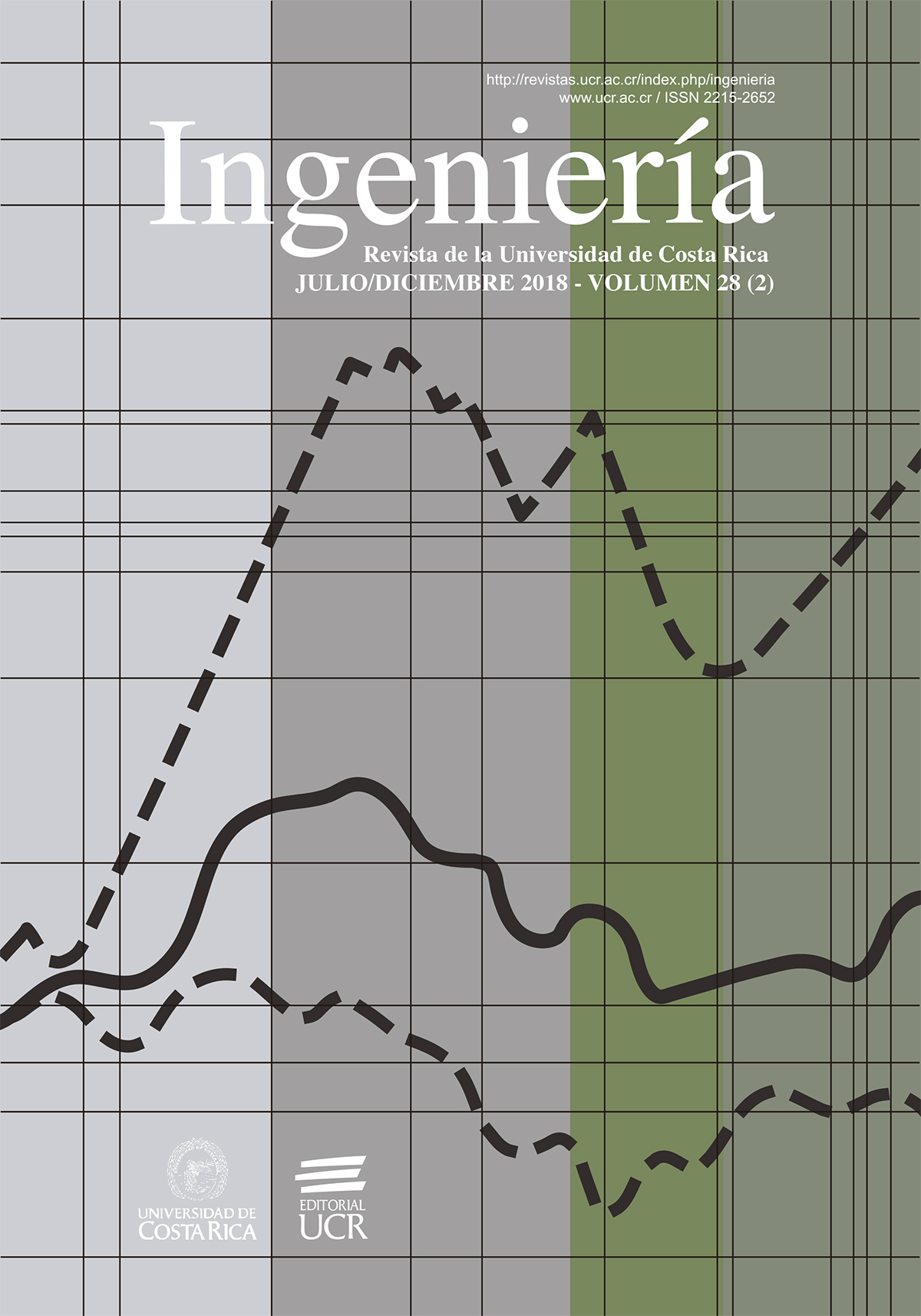Resumen
Las especies Guazuma ulmifolia, Spathodea campanulata y Abies religiosa tienen potencial para la fabricación de productos de madera con valor agregado. Sin embargo, no existe información sobre sus propiedades de retención de substancias protectoras, ni de su posible efecto sobre la densidad y el módulo de elasticidad. El objetivo de la investigación fue analizar el efecto del tratamiento con baño caliente-frío de sales de boro sobre la densidad y el módulo de elasticidad en muestras de madera de G. ulmifolia, S. campanulata y A. religiosa. Antes y después del tratamiento se determinaron la densidad de la madera, el módulo de elasticidad en flexión estática y la retención de sales de boro. Se realizaron pruebas de diferencias de medias y después del tratamiento se efectuó entre las tres especies un análisis de varianza de la variable retención. En las muestras de madera de G. ulmifolia, S. campanulata y A. religiosa la retención de sales de boro fue diferente para cada una de ellas. La densidad después de aplicar las sales aumentó en G. ulmifolia y A. religiosa y disminuyó en S. campanulata. Las sales de boro no modificaron el módulo de elasticidad de la madera de las tres especies.


